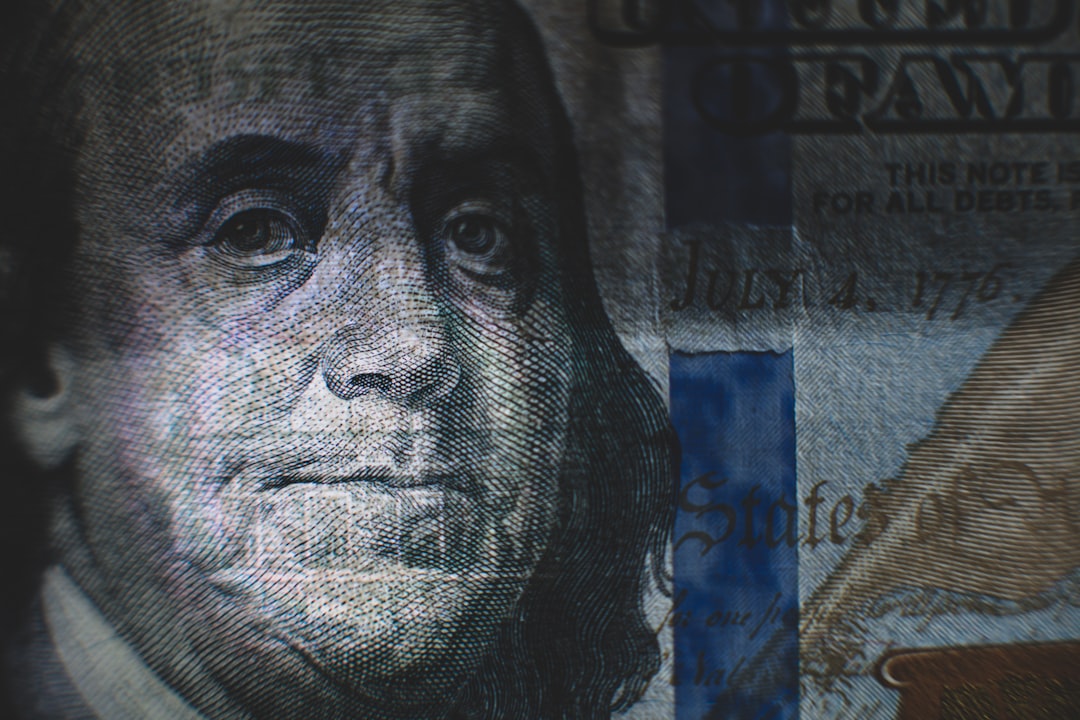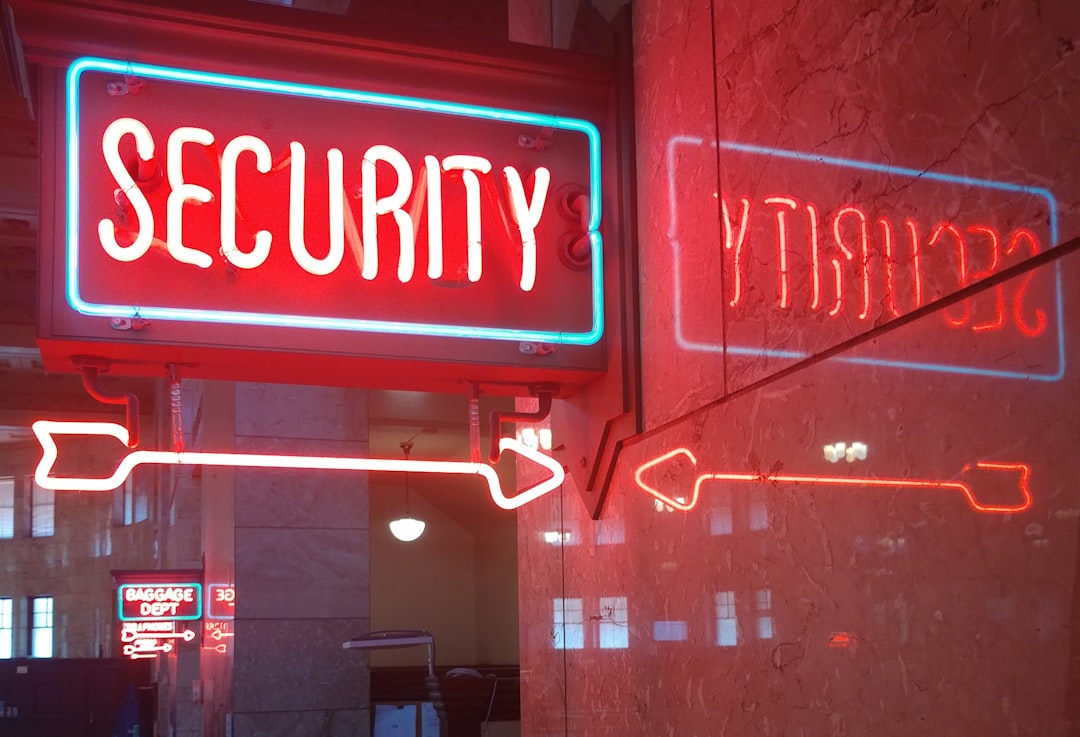The Billion-Dollar Handout Washington Gave to Tech That You're Still Paying For

Thirty years ago, Washington state made a colossal bet on the tech industry—a gamble that ultimately cost taxpayers over a billion dollars. What started as a strategic plan to nurture a fledgling industry morphed into a massive financial windfall for corporate giants. The most shocking part? Even though the program is officially dead, some companies are still reaping the rewards today.
A Visionary Promise
Cast your mind back to 1994. The Pacific Northwest was buzzing with the promise of a digital revolution. With Microsoft solidifying its empire and new tech startups flocking to the region, state lawmakers saw a golden opportunity. To keep the momentum going, they passed a pair of targeted tax breaks designed to make Washington the undisputed capital of innovation.
At the time, Governor Mike Lowry championed the plan, promising it would “ensure this state continues to produce cutting-edge technologies” and create a wave of “high quality, family-wage jobs.” The vision was clear: use taxpayer-funded incentives to build an unbeatable economic powerhouse that would benefit everyone.
The Billion-Dollar Question
But what began as a modest stimulus package spiraled into something far larger and more controversial. Over the decades, the cost of these tax breaks skyrocketed, crossing the billion-dollar threshold. Now, with the benefit of hindsight, experts and officials are asking the tough question: was it actually worth it?
Did this massive investment genuinely create jobs and growth that wouldn't have existed otherwise, or did it simply pad the pockets of companies already on a trajectory to dominate the world? The effectiveness of this billion-dollar giveaway is now under intense scrutiny, with many arguing it was a subsidy for success rather than a catalyst for it.
The Ghost of a Tax Break
Here’s the kicker: the tax breaks have officially expired. The program is off the books. Yet, due to the way the incentives were structured, participating companies continue to benefit from them to this day. It's the ghost of a policy past, a lingering financial advantage for a select few that was initially designed for a nascent industry, not the global behemoths they are today.
From the outset, the program was explicitly limited, targeting just five narrowly defined “high-tech” fields. This exclusivity raises further questions about who was chosen to win from the very beginning. As Washington grapples with the legacy of this thirty-year-old decision, the debate rages on. Was it a visionary investment, or a cautionary tale about a billion-dollar public gamble?



